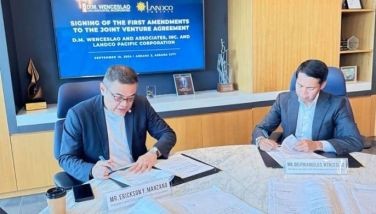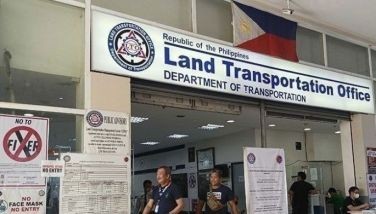Why Kadamay and the urban poor are easy targets for government and the rest of us
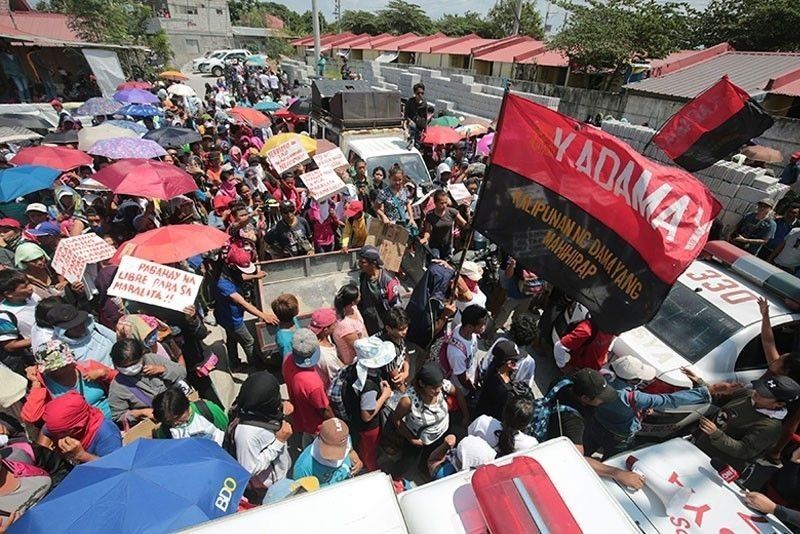
MANILA, Philippines — A spontaneous protest in April that led to the arrests of 20 residents of Sitio San Roque in Barangay Bagong Pag-asa in Quezon City was pinned, both by the national police and by President Rodrigo Duterte himself, on the urban poor group Kalipunan ng Damayang Mahihirap, or Kadamay.
Duterte even mentioned the group by name, saying in Filipino in a prerecorded address: "You. Kadamay, there will be no... there will be no mercy anymore. You will stay there. Anyone who is arrested, that's it for you...I will not tolerate it even if politicians say you should be released."
This public threat came despite groups like the Save San Roque alliance, Bagong Alyansang Makabayan, and Kadamay itself denying it had planned the surprise protest. Kadamay said it had members at the protest, which happened just outside the community, but that it had been preparing a feeding program when it happened.
Most of those who joined the protest were actually from Samahan Ng Magkakapitbahayang North Triangle Association (SAMANA), a separate group that has also said the protest was unplanned.
RELATED: Kadamay unfairly blamed for Sitio San Roque protest, group and supporters say
According to a report by alternative media outfit PinoyWeekly, people were outside their homes because there was talk that relief would be distributed to the community that day. A party-list group did, in fact, go to Sitio San Roque later that afternoon to give out rice and dried fish.
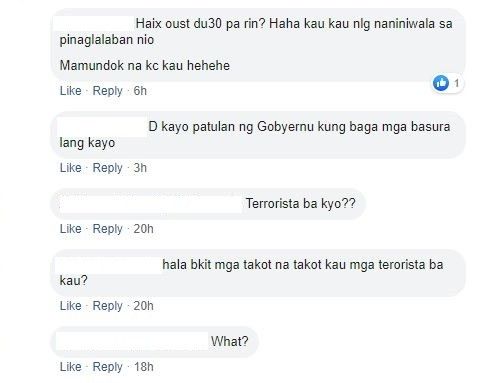
A glance at the group's social media pages shows a vilification of the group and its members, while pro-administration bloggers and Facebook pages regularly publish content slamming the group for its activism.
When members of the group occupied idle housing units in Pandi, Bulacan in 2017, comments and memes labeled Kadamay as freeloaders who did not want to work to get a house. This, despite members saying they were were willing to pay for the houses, which had been unused and undistributed for years, "on agreed terms with the NHA."
RELATED: Duterte tells Kadamay to leave 'occupied' houses or face violent dispersal
In a text message, Kadamay national chair Gloria Arellano said in Filipino of the spontaneous protest in April: "Kadamay is always mentioned as the instigator because it was the first to protest the ongoing demolitions in San Roque."
'Singled out'
Although being accused of being in league with terrorists is a common experience among activist groups, Kadamay has said that it feels unfairly singled out by both social media and the national government.
"Unfairly singled out? Yes. Like many social issues, the whole story is often overlooked. Kadamay is rarely reported [except] during 'chaos' or every scandalous event," Kadamay told Philstar.com in Filipino.
"Trolls have [also] spread across the internet, while fanatics are supporting whatever the president says and are submissive in swarming anyone who opposes it...this inevitably influences other Filipinos," it adds.
"Duterte's repeated threats to Kadamay...in speeches only add to this. Duterte wanted to paint the image of Kadamay and the poor Filipinos as chaotic or even anarchist...Kadamay has been somewhat an easy target, so to speak, and the rest of the poor, because there has long been a negative perception of them."
The threats and and harassment are not confined to social media or the president's speeches. On Thursday, May 28, police found the lifeless body of the group's secretary-general, Carlito Badion, in the Pagsanga-an River in Barangay Guintigui in Ormoc, Leyte. The group has since condemned his death, saying military personnel were responsible.
'Kadamay singled out for being vocal, visible'
For cultural studies scholar Laurence Castillo, much of this singling out has to do with the reputation the group has built over the years, along with how visible it has been.
"I think Kadamay is singled out, because it's the most vocal and visible among urban poor organizations. They've also organized activities such as the occupation of vacant public housing in Bulacan, and other protest campaigns that unflinchingly amplify the demands of the urban poor," he told Philstar.com in an online exchange.
"The occupation activities particularly attracted broad media attention [and] these expressions of organized and sustained militancy among the urban poor, perhaps unprecedented in recent years, have drawn both supporters and detractors."
Kadamay has been one of the most vocal groups in resisting government demolition, especially in Sitio San Roque, which is part of the Quezon City Central Business District (QCBD) joint venture.
The urban poor group also made headlines in 2017 after it occupied housing units intended for police and soldiers in protest of, they said, the failure of the Duterte administration to provide adequate housing in the area.
The president in response accused them of "anarchic" activity.
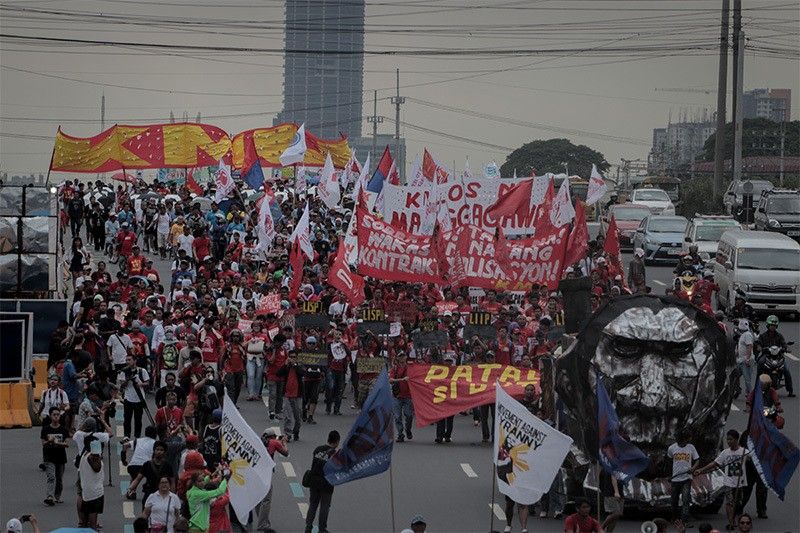
Castillo, a PhD candidate at the Asia Institute of the University of Melbourne and a literary and cultural studies professor at the University of the Philippines Los Baños, pointed to what he called "recent counterinsurgency discourse that links urban poor activism to revolutionary politics," which includes the recently-passed Anti-Terrorism Bill.
READ: Kadamay leader reported killed day after House panels OK anti-terror bill
"That Kadamay has been the target of red-tagging, with one of its leaders murdered recently, really speaks of how the state construes the assertion of something as basic as the right to shelter as already revolutionary," he says.
The Universal Declaration of Human Rights recognizes that "everyone has the right to a standard of living adequate for the health and well-being of himself and of his family, including food, clothing, housing and medical care and necessary social services."
Elsie Trinidad, National Housing Authority spokesperson, said in a March 2019 Al Jazeera report that the government has been falling short of a backlog to address the need for affordable housing. In 2019, that was at six million homes and seen to grow to eight million by 2022.
"We are producing less than the need for housing," she says in the report, saying the budget for housing competes with that of other basic services. And the efforts to provide housing has to be divided among the urban poor and those displaced by natural calamities as well as conflict, the Al Jazeera report notes.
Yet Kadamay is tagged as a communist front for pointing out a lack that government acknowledges and for taking action to call for better services for the urban poor.
"These counterinsurgent discourses and threats intend to sow terror among the urban poor and those who express solidarity to their cause," Castillo says.
"But it speaks of the contradictions of this framework that we see people accusing the urban poor of 'laziness' or 'doing nothing' even when they’re doing painstaking political work to challenge the system that unfairly prevents them from leading dignified lives," he adds.
'Middle class aversion to the poor'
On a broader level, Castillo says, this points to bias against those living in poverty for a number of different reasons.
Even outside of government, he says, popular perceptions of the poor among the middle class today are shaped by unflattering depictions, especially in the media. This, in turn, affects how activism is looked at.
RELATED: In Metro Manila, fighting COVID-19 requires helping the poor—now
"The aversion towards the urban poor, particularly the homeless and informal settlers, derives partly from public–particularly middle class–imagination of poverty, [and] the popular use of the derogatory term 'ugaling iskwater' typifies this negative view. Of course, this is largely shaped by our exposure to popular narratives that depict informal settlers as figures of moral and social decadence," he says.
"On television, for instance, we’re familiar with archetypal images of informal settlers as drunkards, gossipers, or criminals... Media representations and even government policy have cast and reproduced the image of the 'squatters' as the popular template for poverty, associated with criminality, social unrest and moral decadence," he says.
"The urban poor are negatively constructed as figures disruptive of state-enforced frameworks of development, nation-building and stability. "
According to Castillo, even the narratives and word choices employed by corporations and even the state itself can reinforce the perceptions that the poor are the antithesis of progress and development.
For instance, he says, even the projects opposed by the group make use of what he calls a "developmentalist vocabulary" in justifying demolition projects.
"Of course, these code words refer to a kind of development framework, usually favorable to big businesses, that excludes marginalized sectors," he says, citing projects that say demolition is necessary for 'economic development,' 'urbanization', 'infrastructural projects' and the like.
"Even the rhetoric of metropolitan governance — exemplified by the Marcos-era rebranding of Manila through the “City of Man” project, as well as more recent discourses like Metro Gwapo — has routinely referred to developmentalist vocabulary in justifying demolition projects and displacing informal settlers."
As a result of this popular imagination of poverty, Castilo says, "we’re not led to understand the whys and the hows of these characters; these images are taken, fetishized as social ‘givens'" while images of the poor, for some, serve as "a cautionary tale for the middle class who are perpetually in danger of falling off the edge of precarity."
"How people view urban activism is thus shaped around these frameworks of imagination. Even a cursory reading of the comments’ sections about the urban poor activists of Kadamay reveals this," Castillo adds.
"God why don't you motherf*ckers just stay at home"
— JC #JunkTerrorBillNow ?????? (@darnitJC) March 17, 2020
she said to WORKERS BEING ARRESTED while watching her 52 inch TV SAFE AND SECURE at home.
fkn text INFLUENCERS STOP and SEND to 8080!!!
ang kakapal nyo hoy. wala KAMING PERA AT SEGURIDAD TULAD NYO https://t.co/zpSleFevId pic.twitter.com/mH4m3WXpJM
Kadamay says that this behavior and attitude has existed even long before the alliance's formation. "The poor are often targeted by the term 'criminal,' 'lazy,' 'messy,' and much more, although in fact they are some of the hardest-working Filipinos and daydreams to feed their families," the group said.
"In other words, the poor do not just become poor. Some are poor because they are oppressed and because they are deprived of opportunity, service and rights," Kadamay adds.
Protests, occupation a response to hardship and lack of housing
According to Institute of Philippine Culture research scientist Mary Racelis, both the Sitio San Roque protest and the occupation of housing units were byproducts of the hardships imposed by the enhanced community quarantine and the lack of housing.
"They’re organized and they can organize large numbers of people, which makes the government take notice. [The occupation] was a kind of going against the rules, and since they didn’t have any other options, they consider it valid...[under ECQ,] the bigger thing for them is that they couldn’t go out to work. They’re on a day-to-day earning, majority of them in informal settlements. So when they couldn’t go out and earn and had no other options, that was their only option," she says in a phone call with Philstar.com.
Racelis, who holds doctorates in both the social sciences and the humanities, is a social anthropologist teaching at both the University of the Philippines and the Ateneo de Manila University and a trustee on the board of non-government organization Urban Poor Associates.
She is the author of "The Dynamics of Power in a Philippine Municipality", and the co-author of "Making Philippine Cities Child Friendly: Voices of Children in Poor Communities".
"Across the board, for all informal settlements, most were kind of taken by surprise and were told to behave in ways that were almost impossible for them and brought about tremendous economic consequences," she says of the quarantine.
"They don’t know how to control their future and don’t know where their next meal is going to come from. So there’s this disconnect that [they feel authorities] cannot sympathize with us. They don’t ask us, they don’t talk to us," she adds.
'Talk to, get to know the poor'
According to Racelis, the government also benefits from this popular imaging of the poor.
"You don’t get any reaction, really, from the middle and upper class because [they see it as], ‘they violated the rules.' Filipinos like peace, like most people. They want peace especially in the streets, and [to them, protesters] seem to be disturbing it, and if they get arrested that’s sort of ‘their problem.’ That attitude sort of reinforces that the government knows that they will get support...that gives the government additional clout with the middle class," she says.
"[But] across all informal settlement groups, [the notion is] that authorities don’t understand what it takes to social distance in a community with thousands and households which may be 20 square meters. So [there's] the notion that those who are making the rules do not understand our lives."
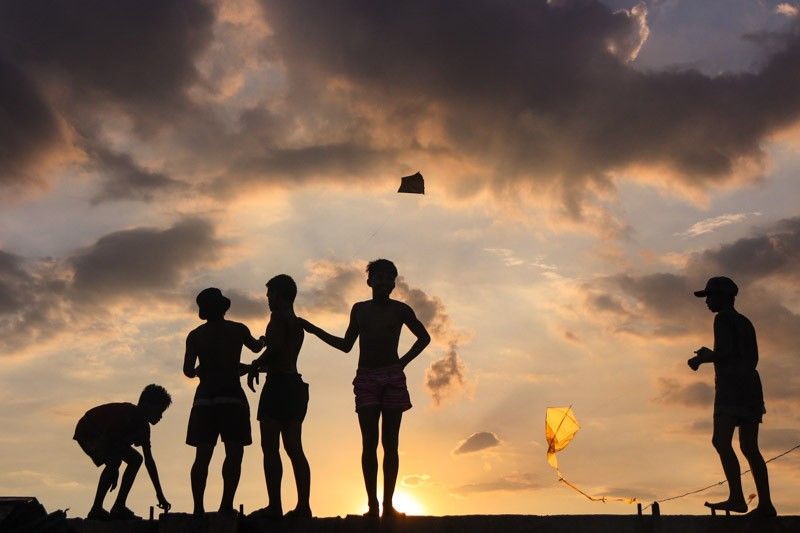
Asked how these negative perceptions can be addressed moving forward, both Racelis and Castilo pointed to direct communication with communities.
"One thing is breaking down attitudes. But it’s very hard to change attitudes unless there’s something that makes it happen. Usually, direct contact in a non-threatening situation is one way," Racelis says.
Castillo also highlighted the importance of counteracting messages communicated by the state about marginalized sectors, particularly those linking urban activism to revolutionary politics.
He says: "It's [especially difficult] when the state is actively waging propaganda warfare especially against militant segments of our marginalized sectors. That's why it's important to enact ways to counter these negative constructions of urban poor activism (or activism in general) through alternative propaganda, cultural and educational work."
"We have filmmakers, cultural workers as well as researchers who participate in these efforts. It also helps that some colleagues in the academe and mass media offer opportunities to communicate the issues and advocacies of Kadamay to the broader public through research, teaching and journalism," he added.
Next, Racelis said, further study of past attempts at dialogue with government should be pursued.
"The other is really to examine government policy and see if there have been any successful attempts and see what works. Communities are very active and supportive and they want to have a better life, [and] they won’t speak out if they feel they’re being looked down on," she says.
- Latest
- Trending
















